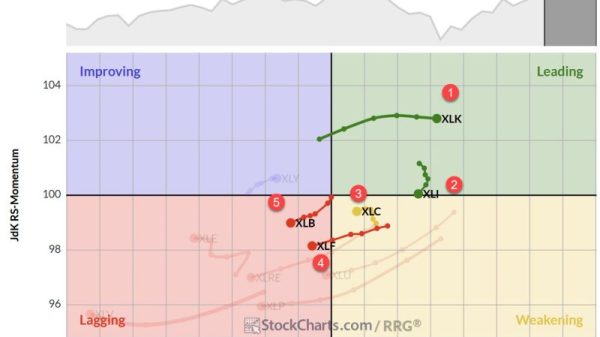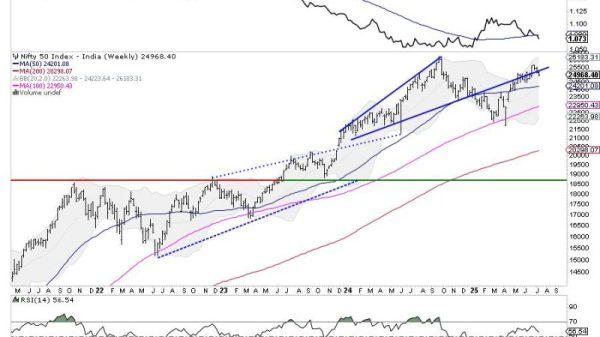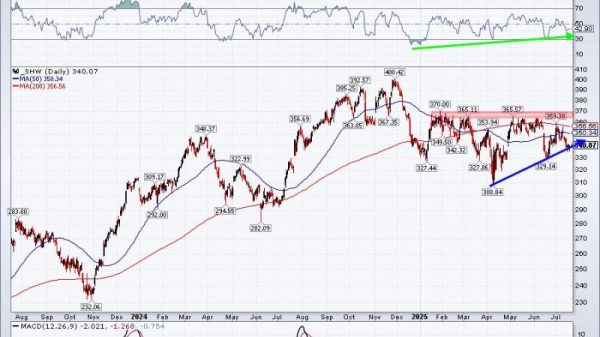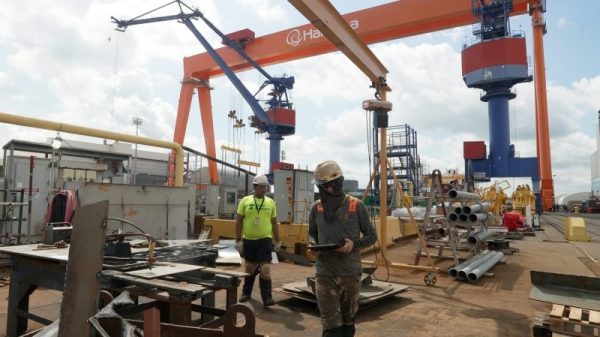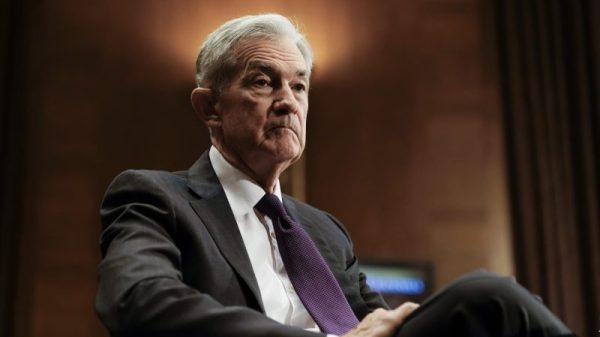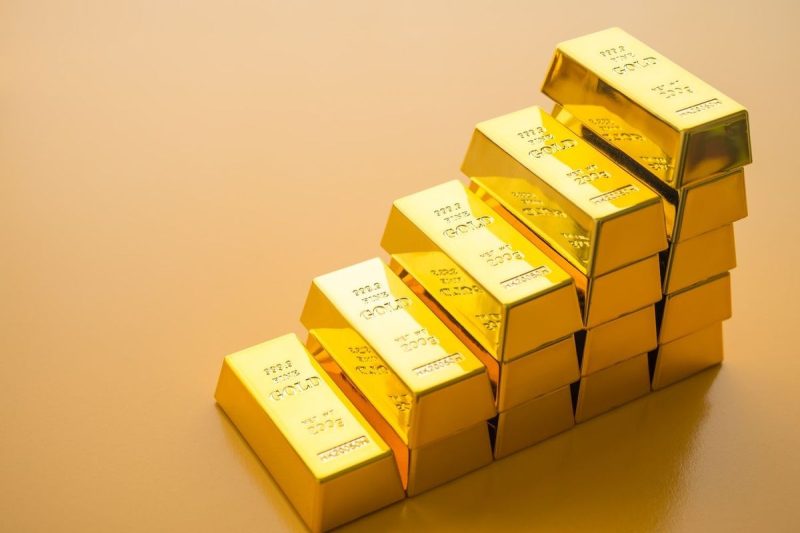The People’s Bank of China (PBOC) revealed on Sunday that it did not purchase gold in June after doing the same in May.
Since setting a record high of US$2,450 per ounce in May, gold prices have been volatile. Gold started July at about US$2,330 before rallying 3 percent last week to US$2,390, marking the most significant weekly gain in three months.
However, it fell back down following the news of the PBOC’s decision to hold off on bullion purchases.
Prior to its lack of purchases in May, the PBOC had purchased gold each month since January 2023. As of June, the PBOC’s gold holdings total 72.8 million troy ounces, or 2,063 metric tons (MT).
In contrast to the PBOC, the Reserve Bank of India reportedly increased its bullion reserves by over 9 MT in June, marking the most significant monthly addition in nearly two years and bringing India’s total gold reserves to 841 MT
Central banks globally have been key drivers of gold demand. According to the World Gold Council’s Q1 2024 report, central bank net demand for gold reached 290 MT in the first quarter, the highest Q1 total in their data series since 2000.
This demand was spread among many countries. Central banks in East and Central Asia, including China, Turkey and India, accounted for the majority of net purchases in Q1 2024.
Market specialists have held that China’s pause in gold acquisition can be expected following rallying gold prices.
Christopher Wong, a foreign-exchange strategist at Oversea-Chinese Banking, told Bloomberg, ‘(I)t is not uncommon for China to temporarily halt purchases, given that gold prices have rallied quite sharply.”
“It appears that gold prices remain a little too high and the PBOC is waiting for a further pullback before resuming its gold purchasing programme,” Nitesh Shah, a commodity strategist at WisdomTree, told Reuters.
As of 4 p.m. PDT on July 9, the spot gold price stood at US$2,364.
Securities Disclosure: I, Giann Liguid, hold no direct investment interest in any company mentioned in this article.






